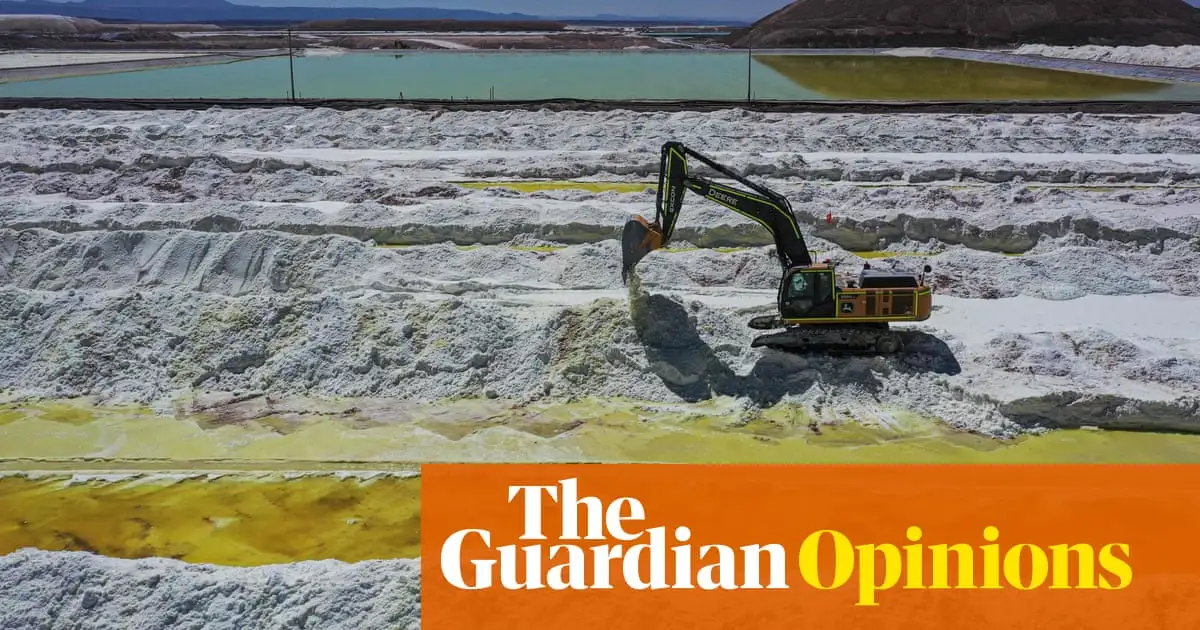- cross-posted to:
- technology@lemmy.world
- cross-posted to:
- technology@lemmy.world
When you picture the tech industry, you probably think of things that don’t exist in physical space, such as the apps and internet browser on your phone. But the infrastructure required to store all this information – the physical datacentres housed in business parks and city outskirts – consume massive amounts of energy. Despite its name, the infrastructure used by the “cloud” accounts for more global greenhouse emissions than commercial flights. In 2018, for instance, the 5bn YouTube hits for the viral song Despacito used the same amount of energy it would take to heat 40,000 US homes annually.
This is a hugely environmentally destructive side to the tech industry. While it has played a big role in reaching net zero, giving us smart meters and efficient solar, it’s critical that we turn the spotlight on its environmental footprint. Large language models such as ChatGPT are some of the most energy-guzzling technologies of all. Research suggests, for instance, that about 700,000 litres of water could have been used to cool the machines that trained ChatGPT-3 at Microsoft’s data facilities. It is hardly news that the tech bubble’s self-glorification has obscured the uglier sides of this industry, from its proclivity for tax avoidance to its invasion of privacy and exploitation of our attention span. The industry’s environmental impact is a key issue, yet the companies that produce such models have stayed remarkably quiet about the amount of energy they consume – probably because they don’t want to spark our concern.



Just to add: Even if we can replace the energy from diminishing fossils with nuclear etc, there are still a huge forest/mountain of essential technology and products that are reliant on fossils, and they won’t be replaced by anything. I can recommend Nate Hagens on YT for more on the ‘energy blindness’ issue, and what it means for our civilization to lose the last.
Nate is amazing, he and some of his guests are exactly who I learned this from.